
Setup & config options
Suitable power supply
RasPi & sFTP file transfer
Home network print server
Home network scan server
Mesh : home Lan USB drive
Explore hard & software
UFW firewall explained
Secured by fail2ban server
Software packaging & PPA
Apache 2.4+ LAMP server
https web server : port 443
Varnish caching proxy
Module : cgi & perl
Module : geoip
Modules : php & mysql
http*s error handling
Server : conditional logging
TL-domain & dynamic DNS
Webalizer log analyser
Defeat referrer spam
robots.txt & xml sitemaps
Server : .htaccess handling
The game & not the islands
Setup & config options
North Atlantic : Macaronésia
🚫 No ads & tracking
The prologue
Most of the articles, descriptions and instructions written here are applicable to the most common Debian-based Linux derivatives. Depending on the respective operating system, there may be minor or major discrepancies.  This website is for educational purposes only. Please do not deploy anything in manufacturing plants.
This website is for educational purposes only. Please do not deploy anything in manufacturing plants.
No warranty or compensation is given for loss of data or hardware.
It should be also mentioned that this modest web server is hosted on a Raspberry Pi type 4B at home.
The Raspberry Pi mini-computer board as multi-purpose server deployed
A competent allrounder for domestic purposes and micro-enterprises
![]()
![]()
Raspberry Pi is a series of small single-board computers (SBCs) developed in the United Kingdom by the Raspberry Pi Foundation in association with Broadcom. The mini-computer with its armv7l processor has quickly become the favourite of hobbyists. Projects can be started with suitable Linux distributions. Even an aged RaspPi e.g. the models 2B and 2B+ can definitely serve to simple tasks quite well.
 Raspberry Pi | A brief guidebook
Raspberry Pi | A brief guidebook
Experimenting with the World's most popular single-board computer
Many manufacturers of computer technology nowadays use design to specify exactly when, how and where their devices are to be used. Not so with the latest Raspberry Pi. Without a case and with a variety of compatible extensions, the single-board computer invites you to experiment. In this guide, you can find out what distinguishes the little powerhouse from its predecessors and what you can use it for.
Sections covered :
✅ What is Raspberry Pi ?
✅ What distinguishes the latest Raspberry Pi from its predecessors ?
✅ Areas of application for the Raspberry Pi
✅ Practical tip | Use heatsinks
✅ FAQ Frequently Asked Questions about the Raspberry Pi
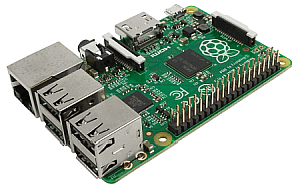
The Raspberry Pi Foundation has given the community many longed-for wishes this year and last year. The fourth generation of the Raspberry Pi has ample RAM and finally brakes the network connection and the USB ports, which were always bottlenecked before. Always squeezed by a narrow bottleneck bottleneck in the form of an internal USB channel. Internal USB channel. With true gigabit network and fast USB 3.0, we can consider the mini the mini-computer as almost fully grown.
The Foundation also seems to see it that way. Although the RasPi 4 was June 2019, there are still no serious serious rumours about a potential successor. potential successor. Instead instead, the developers presented the Raspberry Pi 400, their first complete computer based on the Compute Mobility, which is Compute Module 4, the mini version of the the mini version of the mini computer Raspberry Pi 4. Raspberry Pi 4. On page 10 of this issue we devote we take a detailed look at the latest device in detail.
What is Raspberry Pi ?
The latest Raspberry Pi finally takes up the pioneering role of the first single-board computers. The development of smaller components made it possible to produce affordable computers for private households from the mid-1970s onwards. All the electronic elements necessary for operation of these first home computers, such as the Apple I or the KIM-1, fitted onto one carrier, a circuit board - the single-board computer was born. In the meantime, more complex systems displaced them from living rooms and offices.
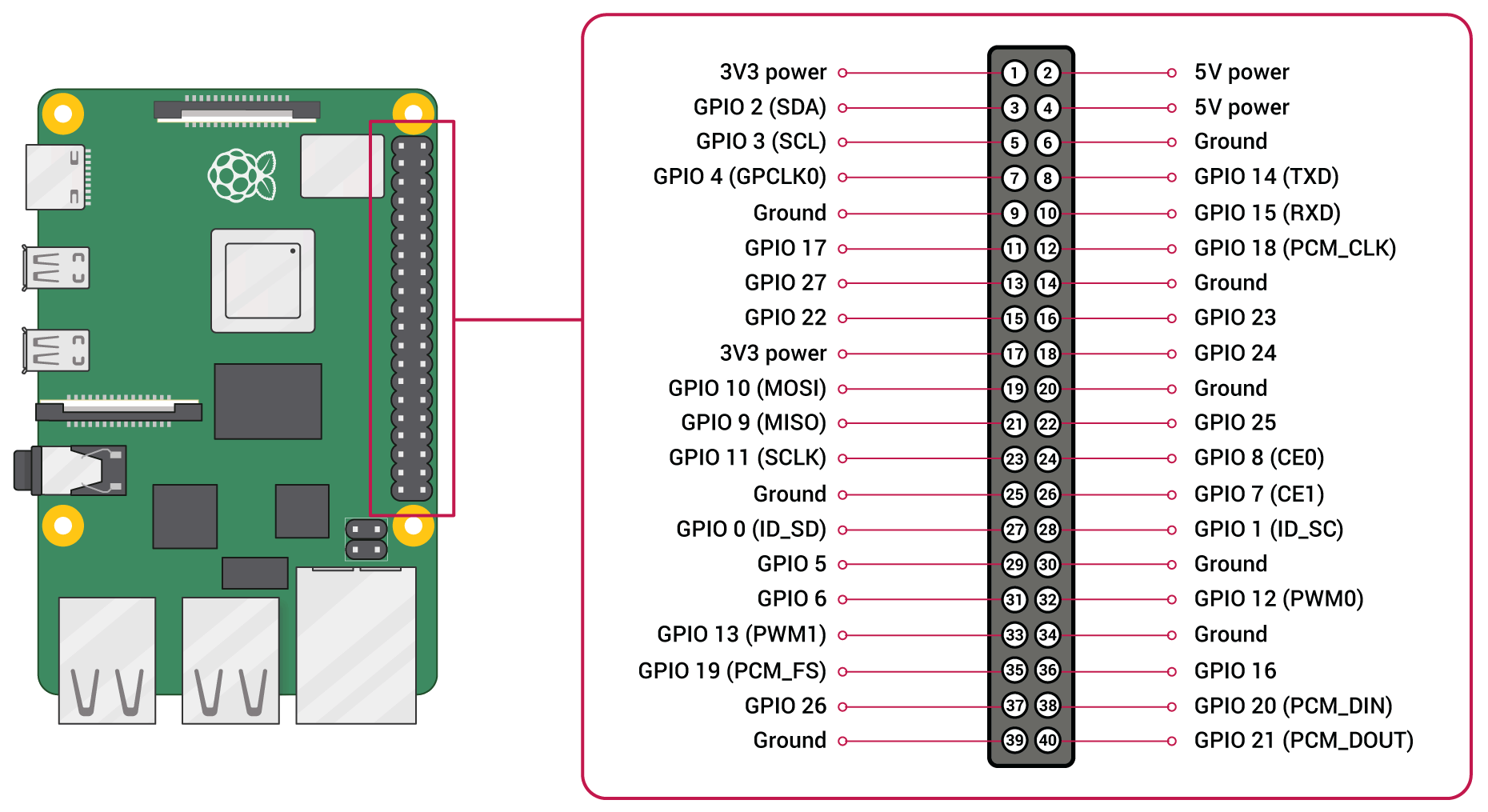
Thanks to the Raspberry Pi, single-board computers have been experiencing a second springtime for a few years now, because their comparatively simple construction makes them ideal for computer novices, hobbyists and purists. Apart from the power supply unit, through which they have to be supplied with energy, all the essential components of single-board computers are on one board. These usually include a processor, the main memory, an oscillator for clock generation, a reset switch, a ROM for programmes and I/O interfaces depending on the application. Due to their space-saving design and low power consumption, single-board computers are used in various areas. In many embedded systems such as household appliances, vehicles and production technology, they take over measurement, control or regulation processes.
Unlike single board computers built for a specific purpose, Raspberry Pis are flexible personal computers, albeit without unnecessary components like a case. They have the typical peripheral interfaces for end-user use, such as USB and HDMI ports in different versions. This allows various input devices such as mouse, keyboard and monitors to be connected to the respective Raspberry Pi without an adapter. In addition, their roughly credit card-sized boards house, among other things, a GPIO interface and an SoC from Broadcom, consisting of a corresponding Broadcom Dual Video GPU, a CPU with ARM architecture and DDR SDRAM.
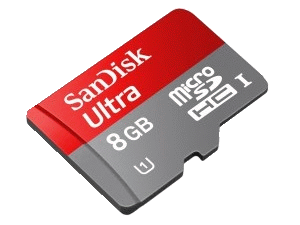
In addition, all models have a slot for an SD or microSD card, which serves as a bootable medium for the operating system. Many open source operating systems are suitable for the Raspberry Pi. Most of them are Linux systems, for example Arch Linux or CentOS. Raspberry itself advises using the in-house operating system Raspbian. Raspbian is based on the Linux distribution Debian and uses the free desktop environment LXDE as the default graphical user interface. With SD cards on which the installation programme NOOBS (New Out Of Box Software) has been pre-stored, Raspbian can be easily set up without much experience.
What distinguishes the latest Raspberry Pi from its predecessors ?
The Raspberry Pi 4 Model B has been on the market since June 2019. Only a good year separates it from the predecessor version Raspberry 3 Model B+. Technically, however, the newer version makes a big leap, starting with the SoC. Raspberry still relies on a quad-core system from Broadcom. However, the BCM2711 houses powerful Cortex-A72 cores that outshine the Cortex-A53 of the BCM2837 SoC installed in the Raspberry Pi 3+ in terms of speed, with a clock speed of 1.5 GHz each.

The GPU of the new SoC can also do much more. The VideoCore VI graphics processor boasts 500 MHz, which makes it 25 per cent faster than its predecessor. Apart from that, it benefits from a more up-to-date API, OpenGL ES 3.0. Previously, Raspberry Pis only had versions 1.0 and 2.0 available, which is why users had to cut back on rendering 3D graphics in particular. With the new architecture, the Raspberry Pi 4 offers completely new graphical possibilities. Previously, a maximum resolution of 1080p Full HD and 30 frames per second were possible. The Raspberry Pi 4, on the other hand, allows 60 fps and 4K UltraHD.
However, this can only be fully exploited thanks to the expanded RAM. The Raspberry Pi 4 breaks new ground with regard to RAM in two respects. Firstly, up to 4 GB RAM is possible with the new model, four times that of its predecessors. Secondly, you don't necessarily have to commit to this if you could get by with less. The Raspberry Pi is available in two other versions, with a RAM of 1 GB and 2 GB respectively. Even with the same RAM size, the LPDDR4 memory of the Raspberry Pi 4 performs better than the previously installed LPDDR2 memory.
The peripheral interfaces have been overhauled to show off the significantly increased specs. Instead of a connection for a regular HDMI cable or mini-HDMI, the Raspberry Pi 4 has two micro-HDMI connections for 4K UHD screens. However, the SBC only achieves 30 fps when used simultaneously. It only offers smoother 60 frames with a UHD display. Raspberry has replaced two of the four USB 2 ports of the Pi 3 with USB 3.0 ports, which have a significantly higher data transfer rate. Improved data transfer is also provided by a LAN connection for Gigabit Ethernet, WLAN according to IEEE 802.11b/g/n/ac (2.4 and 5 GHz) and support for Bluetooth 5.0. Predecessor models either have no Bluetooth at all or Bluetooth 4.2 at most.
Areas of application for the Raspberry Pi
The original idea behind the Raspberry Pi is not a purely commercial one. Inspired by the single-board computers of his youth, Eben Upton developed the first model in 2012 to reach young people. With the help of a cheap, versatile and easily accessible device, they should be able to learn practically how computers work. In particular, the cheapest version of the Raspberry Pi 4 with 1GB RAM is still perfect as teaching material for up-and-coming technicians.

Due to its pronounced backwards compatibility and comparatively low acquisition costs, it is also suitable for typical areas of application of other modern single-board computers. Thanks to the many interface options, hobbyists can, for example, connect the Raspberry Pi 4 to various extensions and sensors, for example to automate household appliances and tasks.
The significantly higher performance compared to the Raspberry Pi 3 opens up new areas of application or improves the usability of the Raspberry Pi in certain areas. Due to the larger memory and the higher data transfer rate, the Raspberry Pi 4 can be used more effectively as a mini-server. Since the computer can do more graphically and has a higher-quality video output, it is also better suited as a media centre or console for retro games. Raspberry itself makes no secret of the fact that the model is designed as a foray into the PC market. Especially the version with 4 GB RAM is suitable for basic office applications because it does not get bogged down even with several browser windows, an open document and music in the background. The possibility of connecting a second screen also benefits its use as a PC.
For certain applications, you will find sets in shops, for example an Education Set and a Din-Rail Set. In addition to the Raspberry Pi 4B, the handy storage cases contain all the important components for the intended application.
Practical tip | Use heatsinks
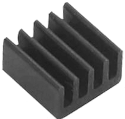
High temperatures are harmful to any computer. In extreme cases, permanent hardware damage can occur or there can even be a risk of fire. Many computers throttle their performance if necessary and shut down without warning when overheating is imminent. Unsaved data can be lost in the process.
Raspberry has released the VLI firmware update, which lowers the operating temperature of the Raspberry Pi 4 by activating Active-State Power Management (ASPM). To really make sure that the waste heat does not affect the single-board computer, it is advisable to use a heatsink. In shops you will find suitable heatsinks that effectively help to protect against overheating at relatively low cost.
FAQ | Frequently Asked Questions about the Raspberry Pi
Is it worth upgrading from a Raspberry Pi 3 to version 4 ?
It all depends on what application the Raspberry Pi is intended for. A Raspberry Pi 3+ installed in an embedded system that serves its purpose can continue to do so. In that case, a performance increase is not necessarily worth the trouble of removing and installing it. The same applies to the Raspberry Pi as a learning project. Basic knowledge of computer technology can also be taught with an older model. Those who do not yet own a Raspberry Pi or use it actively on a daily basis, for example as a multimedia centre or PC, should definitely go for the much better Raspberry Pi 4.
Is the Raspberry Pi 4 compatible with Windows ?
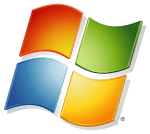
Many users of Raspberry Pis have long wished to be able to use Windows. With Windows RT, a version of Microsoft's operating system has existed for years that is suitable for devices with ARM architecture. However, apart from very complex workarounds, the 1 GB RAM of the Raspberry Pis has not been sufficient for a fully-fledged desktop version. Only a slimmed-down version tailored to the Internet of Things was compatible. With the increased RAM of the Raspberry Pi 4, there is nothing to be said against a Windows alternative to Linux systems, at least in terms of hardware. However, according to Raspberry founder Eben Upton, Microsoft would have to invest a lot of work to optimise Windows 10 for the Raspberry Pi, for example. It seems unlikely that Microsoft will tackle this project in the foreseeable future.
Like a normal PC, the Raspberry Pi microcomputer requires an operating system. There are now more than 40 different operating systems for the RPi. Most of them are Linux systems, but a RISC OS and Windows 10 IOT core are also available. Together with the operating systems, the corresponding compatible user programmes are supplied with the operating systems.
02-Feb 2021